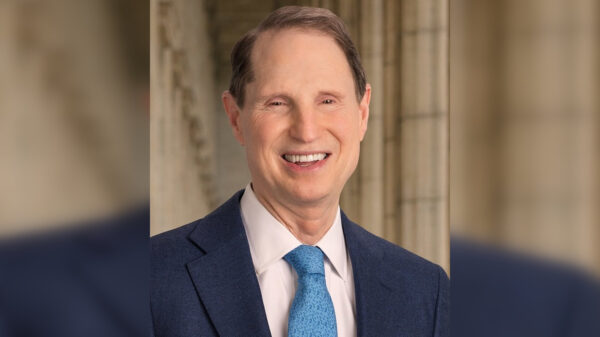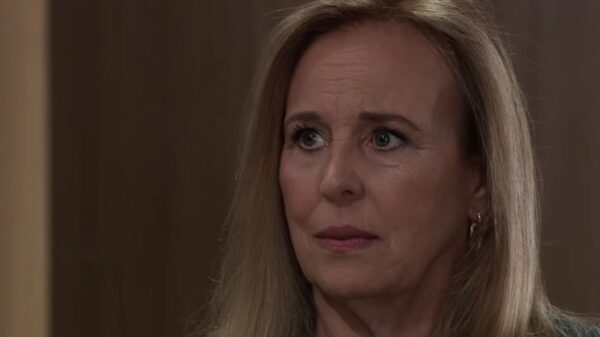The fertility rate in Oklahoma has seen a significant decline, dropping by more than 12% since 2011. According to a report from The Pew Charitable Trusts, the current rate stands at approximately 54 births per 1,000 women. This trend reflects a broader national phenomenon concerning declining birth rates across the United States.
In a recent discussion on KFOR’s Health Check, Dr. Melinda Cail, a representative from Primary Health Partners, provided insights into the implications of this decline. Dr. Cail emphasized that various factors contribute to decreasing fertility rates, including economic considerations, access to healthcare, and changing societal norms regarding family planning.
The report highlights that the shift in Oklahoma’s fertility rates mirrors national trends. This decline is not merely a statistical anomaly; it carries profound implications for the state’s demographic landscape and economic vitality. Lower birth rates can lead to an aging population and potentially strain public services and the workforce.
Dr. Cail noted that many couples are choosing to delay childbirth, often prioritizing career development and financial stability before starting families. This shift in priorities is increasingly common among younger generations, who face a complex interplay of economic challenges and social expectations.
In addition to personal choices, access to reproductive health services plays a crucial role in fertility rates. Dr. Cail pointed out that the availability of family planning resources can significantly influence a couple’s decision to have children. Improved education and accessibility to healthcare resources empower individuals to make informed choices about family planning, ultimately impacting birth rates.
The data from The Pew Charitable Trusts not only illuminates the current state of fertility in Oklahoma but also prompts a broader conversation about the future of family dynamics in the region. As more individuals and families navigate the complexities of modern life, understanding these trends becomes essential for policymakers and community leaders.
In conclusion, the decline in Oklahoma’s fertility rates over the past decade underscores a significant shift in societal values and economic realities. As the state adapts to these changes, continued dialogue and support for families will be crucial in shaping the future demographic landscape.






































































